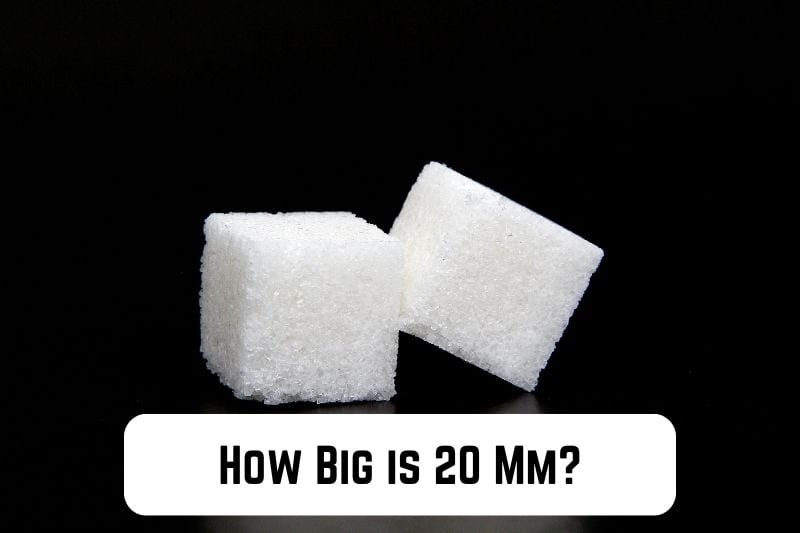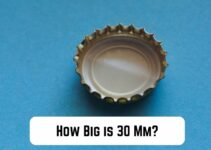Twenty millimeters is equal to two centimeters. It’s a unit of measurement often used for small lengths, such as the diameter of small objects or the thickness of materials.
Having a sense of this measurement can help with tasks like choosing the right size for jewelry, measuring small objects, or assessing the thickness of materials.
In this post, you’ll learn how big 20 mm is by comparing it to familiar items such as pushpins, coins, and pieces of letter-sized paper.
Read: How Long is 100 Miles? 13 Common Comparisons (+Pics)
Read on to find out what suits your pursuits best.
16 Common Comparisons For 20 Mm
1. 2X A Pushpin
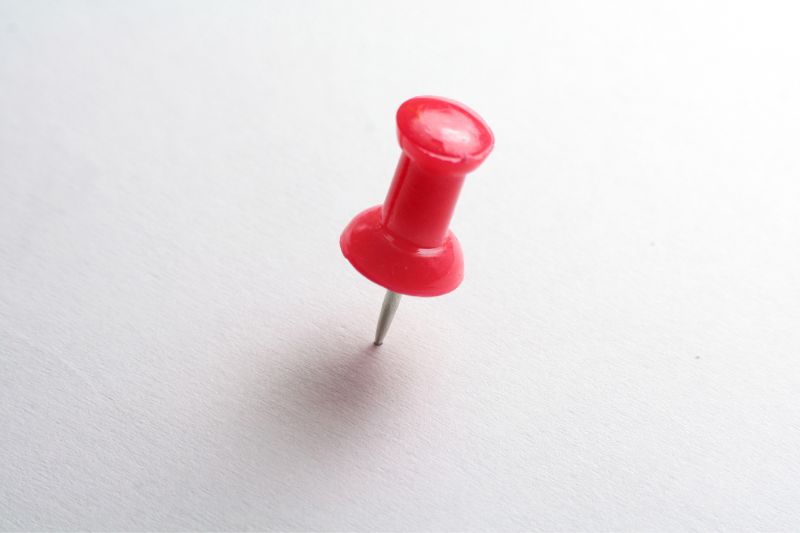
Pushpins are simple yet effective and convenient tools for organizing information or displaying visual aids in offices, classrooms, or home settings.
They come in various sizes to accommodate different needs, with most having a head diameter of 3/8 inches or approximately 9.25 mm. These are suitable for lighter items.
So, if you arrange (or imagine) two pushpins with their heads touching each other, that would be 20 mm.
2. A Nickel
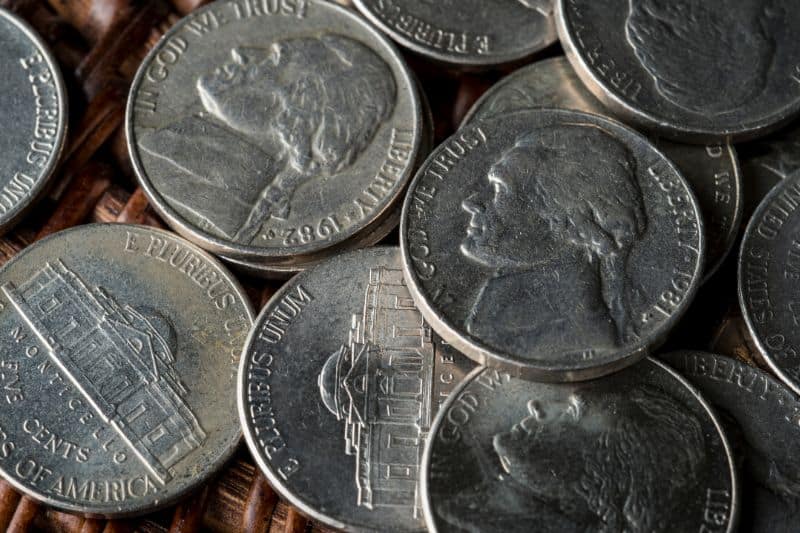
Nickels are used in everyday small transactions. That makes them handy tools for making quick estimations.
Each nickel typically has a diameter of 21 mm. So you can think of 20 mm as a little shorter than these coins.
3. A US Cent
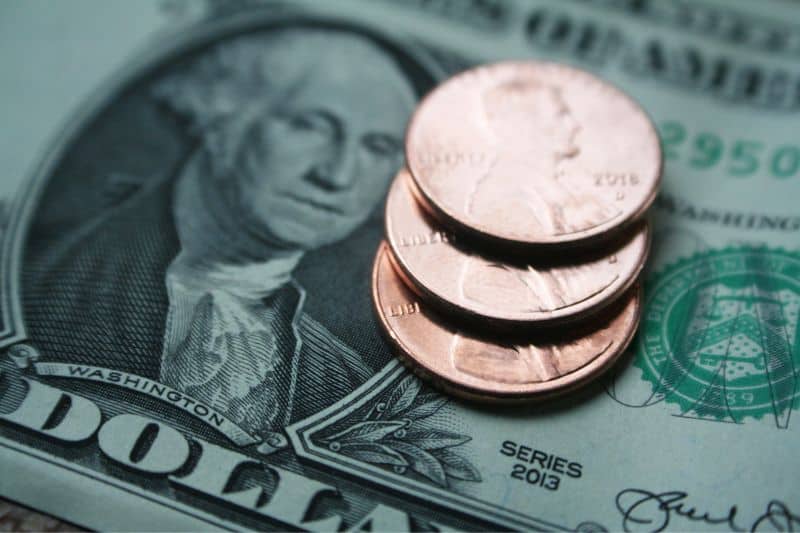
Despite their low monetary value, the US cents hold historical and cultural significance, and many people collect them or use them in various traditions, such as making wishes by tossing them into fountains.
They are almost as big as nickels, with a diameter of 0.75 inches or 19.05 mm, close enough to the measurement you’re looking for.
4. A Stack of 11 US Quarters

While pennies and nickels are commonly used in everyday transactions, quarters play a more prominent role due to their higher value. They’re the most preferred coins for various transactions, vending machines, and parking meters.
Since quarters have a diameter of 0.955 inches (24.23 mm), way bigger than 20 mm, we’ll, instead, use their thickness to get a sense of 20 mm.
They are 1.75 mm thick, so a pile of eleven quarters would be 19.25 mm, close enough.
5. ⅓ Width of US Dollar Note

US dollar notes provide a quick and accessible way to make approximate measurements in everyday situations due to their standardized dimensions.
Regardless of the denomination, they’re typically 6 inches long and 2.61 inches (about 66 mm) wide.
So, draw two lines parallel to each other on the width of the dollar note, each dividing the width into three equal segments of 22 mm. That’s only two mm shy of the 20 mm mark.
6. ¼ Length of an ATM Card

ATM cards are an integral part of modern banking, allowing convenience and accessibility to banking services. In fact, you probably have one now in your wallet.
Similarly to the dollar notes, all ATM cards are usually equal, measuring 85.6 mm wide and 53.98 mm wide.
Therefore, draw three parallel lines on the length of the card, creating four segments, each approximately 20 millimeters in length.
7. ⅓ Width of a Standard Playing Card

Standard playing cards are widely recognizable and used for card games and entertainment.
They are slightly bigger than ATM cards, measuring 3.5 by 2.5 (63.4 mm) inches.
Therefore, draw two parallel lines on the width of the playing card, creating three equal segments, each about 20 mm wide.
8. Thickness of 3 Pencils
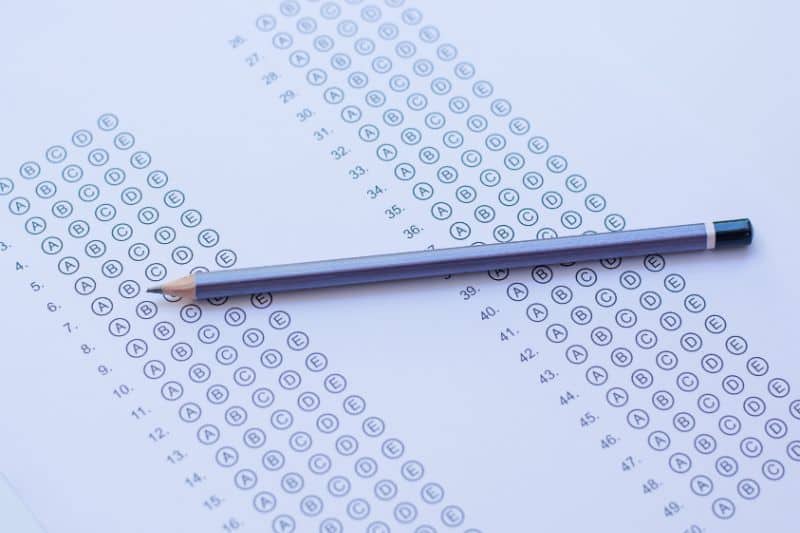
No. 2 pencils are a staple in classrooms, offices, and written assessments. They’re also convenient tools at home for jotting down notes, sketching, or completing forms that require pencil markings.
These pencils are typically 8 mm thick.
Therefore, visualize arranging three pencils side by side, with the tips aligned, and imagine cutting one at either end into half. That’s how big 20 mm is.
Alternatively, find a stick the size of a pencil and break it into ten equal pieces. Each would be approximately 20 mm big since a standard pencil is about 190.5 mm long.
9. 5X A Pencil Eraser

There’s another way to understand how big 20 mm is using a standard pencil.
The erasers attached to the end are typically 5 mm thick when brand new.
20 mm is, therefore, four times bigger than that.
10. 1/7 Piece of Pen-sized Stick

Ballpoint pens come in various sizes, but most are often around 5.5 inches (140 millimeters) in length.
That means if you can get a stick the size of a ballpoint pen and break it into seven equal pieces, each would be approximately 20 mm big.
11. 1/10 Width of a Letter-sized Paper

Letter-sized paper is one of the most commonly used paper sizes globally. They’re the default in office settings, schools, and homes.
These papers are usually about 216 mm wide and 279 mm long.
Draw nine parallel lines on the width of the paper, creating ten equal segments, each approximately 20 mm wide.
12. 1/5 Width of No. 10 Envelope

The No. 10 envelope is a widely accepted and familiar choice in office and everyday mailing due to its versatility and compatibility with standard letter-size papers.
It measures 9.5 by 4.125 (about 105 mm).
So, draw four parallel lines on the envelope’s width, creating five equal segments, each approximately 20 mm wide.
13. A Stack of 4 Beverage Bottle Caps

Bottle caps come in various dimensions depending on the type and size of the bottle they are designed for.
Commonly, beverage bottle caps have a diameter ranging from about 26 and a height of around 5.5 mm.
If you stack four bottle caps, they would be 22 mm big. That’s slightly bigger than 20 mm but close enough to give you a practical idea of that measurement.
14. Diameter of 2 AAA Batteries
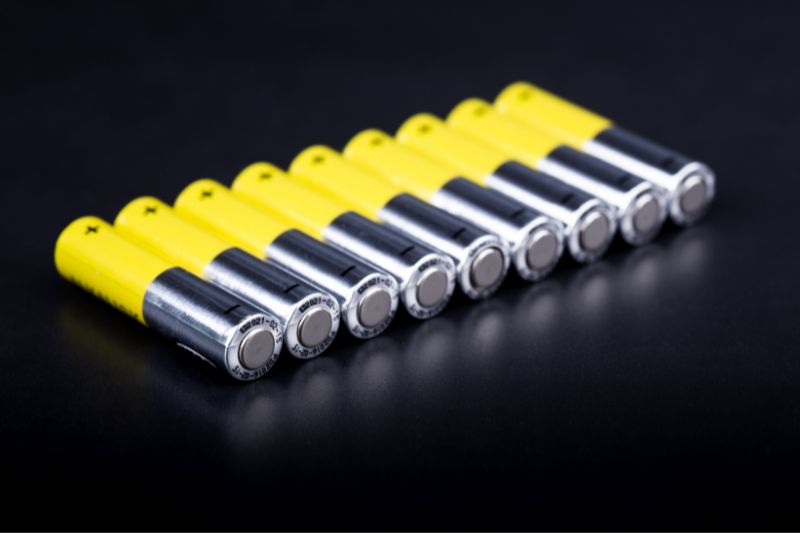
AAA batteries are cylindrical, dry-cell batteries commonly used in various electronic devices, such as remote controls, flashlights, and small electronic gadgets.
They’re typically 44.5 mm tall and have a diameter of 10.5 mm.
Arrange two side by side, with their lengths aligned, and they will stretch only 1 mm past the 20 mm mark.
Read: How Long is 10 Miles? 13 Common Comparisons (+Pics)
15. 2X A Sugar Cube
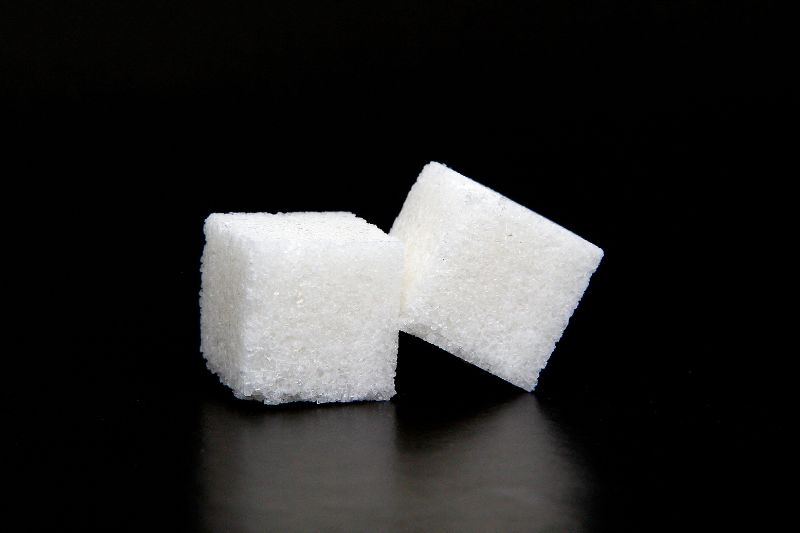
Sugar cubes are convenient for controlling the sugar added to drinks and are staples in households and cafes.
The typical dimensions of a sugar cube are approximately 1 centimeter (10 mm) per side, making it a cubic shape.
Thus, you can visualize arranging two sugar cubes in a row to get an impression of 20 mm.
16. ⅕ Piece of a Pea Pod

Pea pods are used in various culinary dishes, such as stir-fries, salads, and side dishes.
When mature they are generally 100 mm big.
So, if you cut it into five equal portions, each will be approximately 20 mm big.
But if you have the seeds, instead, line up five to stretch to 20 mm, as each is approximately 5 mm long.

